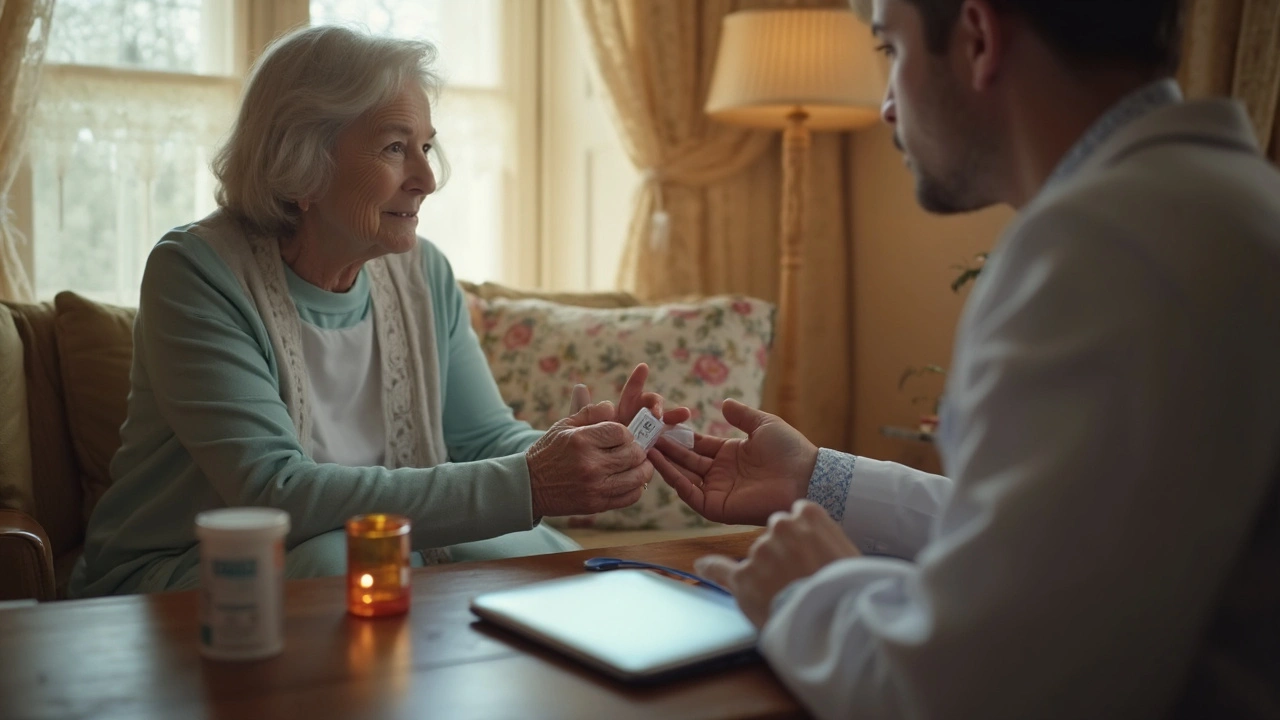Swelling: Quick Help, Causes, and When to See a Doctor
Swelling is your body's way of signaling something is wrong—extra fluid or inflammation under the skin. It can be small and annoying, like a puffy finger after a bee sting, or large and serious, like a whole leg that won't go down. You can treat many types at home, but some need fast medical attention. Read practical tips to reduce swelling now and know the red flags.
Common Causes and What You Can Do
Injury and sprains cause local swelling. If you twist an ankle, stop activity, rest, and use cold packs for the first 48 hours. After two days, switch to heat if stiffness remains. For mild strains, compression wraps and elevation above heart level help fluid drain away.
Allergic reactions can make the face, lips, or throat swell quickly. If you have itching, hives, trouble breathing, or throat tightness, call emergency services immediately—this can be life threatening. For mild allergic swelling, antihistamines like cetirizine or loratadine often help; follow the label and talk with your pharmacist.
Chronic swelling in the legs often comes from poor circulation, varicose veins, or heart and kidney issues. Daily walking, leg elevation at rest, low-salt meals, and compression stockings can cut down swelling. If swelling comes on only in one leg with pain and warmth, consider a blood clot (DVT) and seek urgent care.
Surgery, infections, and insect bites also trigger swelling. Infected wounds become red, warm, and painful and may need antibiotics. Keep wounds clean and see a provider if redness spreads, fever develops, or you feel unwell.
Over-the-counter options and smart drug use: NSAIDs such as ibuprofen can reduce inflammation and swelling for short-term problems. Use the lowest effective dose and avoid mixing prescription blood thinners without asking a doctor. For ankle or wrist sprains, a short course of NSAIDs plus rest and elevation often speeds recovery.
Be aware that some prescription drugs cause swelling as a side effect—calcium channel blockers and certain diabetes drugs are common examples. Don’t stop prescriptions on your own; talk to your doctor about alternatives.
When to Seek Medical Help
Get urgent care if swelling is sudden and severe, affects breathing or swallowing, or follows a head injury. See a doctor within 24–48 hours if swelling won’t improve, keeps returning, or limits movement. Also check in sooner if you have chest pain, shortness of breath, fever, or red streaks from a swollen area.
A short checklist to use now: rest, ice for 20 minutes every 2–3 hours, compress gently, elevate above the heart, avoid salt, and take an appropriate OTC anti-inflammatory if safe for you. Still unsure? Ask your pharmacist at Shiner Family Pharmacy or make an appointment with your clinician—getting the right help early prevents complications.
In children and pregnant people, swelling needs careful watching—bite reactions and preeclampsia can look similar. Measure daily and note pain or color change. Topical steroid creams help mild insect or allergic swelling on skin; use under guidance for kids.

